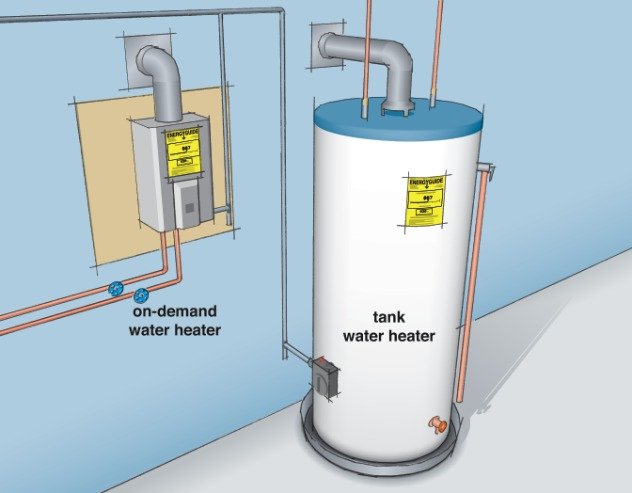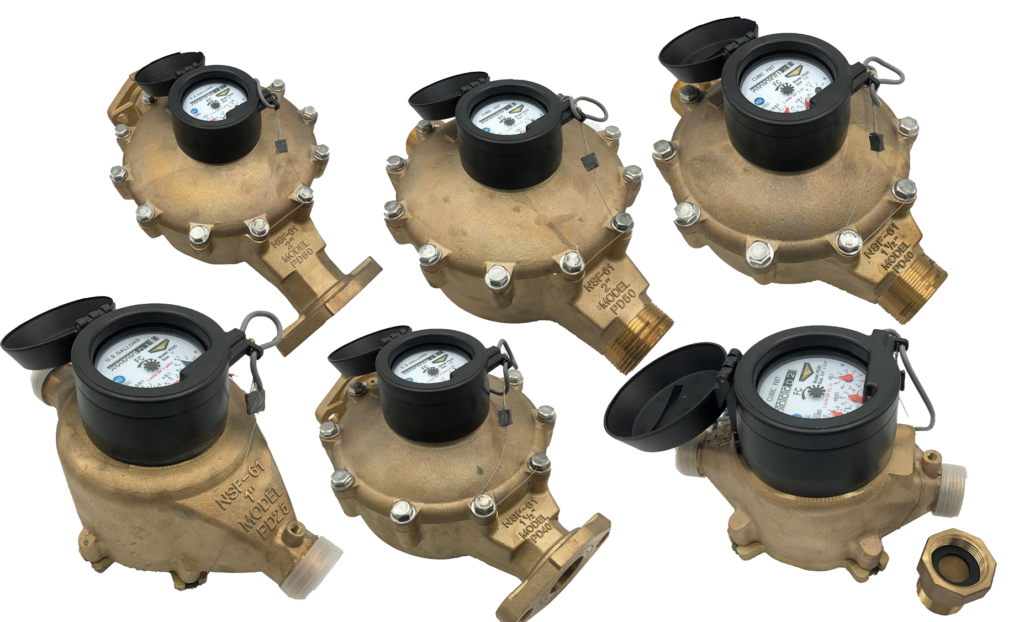Water utility management is crucial for the long-term success of a city or region. This blog will explore the most effective techniques and approaches to optimize the management of water utilities. Join us and learn how to secure a sustainable water supply while minimizing costs.

Overview of Water Utility Management
Improving the quality and safety of the water supply through advanced treatment methods and infrastructure upgrades.
Minimizing the negative impact of water use on the environment through improved conservation measures and wastewater treatment.
Gaining cost savings through optimized infrastructure maintenance, a streamlined supply-chain, and up-to-date monitoring systems.
Demand Forecasting Creates Efficient Water Utility Management
Utilities need to forecast water demand accurately. This can be achieved by using both statistical data and anecdotal evidence such as weather patterns and seasonal fluctuations. With this information, water providers can improve allocation, reduce supply shortfalls, and avoid costly water system failures.
Weather-based forecasting
Use of predictive meteorological models to estimate water demand based on climatic variables.
Historical forecasting
Use of historical consumption data to generate water demand estimates.
Smart-meter forecasting
Use of real-time water usage data collected via smart water meters.
Infrastructure Maintenance For More Efficient Water Management
Maintaining a city’s water infrastructure is a vital part of utility management. Regular inspections and upgrades, as well as preventative maintenance protocols, can make a difference in ensuring consistent water delivery to the public.
Asset management
Monitoring and analyzing infrastructure performance, which enables early identification of potential defects or malfunctioning parts.
Leak detection
Use of software systems and sensors to monitor the water system for signs of leaks and other issues.
Collaboration
Developing and fostering partnerships between water utilities, government agencies, and private stakeholders, to ensure adequate funding, shared resources, and effective inter-agency communication.
Data-driven analysis
Making use of data analytics to identify trends and patterns in system performance over time.
Infrastructure Maintenance For More Efficient Water Management
Maintaining a city’s water infrastructure is a vital part of utility management. Regular inspections and upgrades, as well as preventative maintenance protocols, can make a difference in ensuring consistent water delivery to the public.
Asset management
Monitoring and analyzing infrastructure performance, which enables early identification of potential defects or malfunctioning parts.
Leak detection
Use of software systems and sensors to monitor the water system for signs of leaks and other issues.
Collaboration
Developing and fostering partnerships between water utilities, government agencies, and private stakeholders, to ensure adequate funding, shared resources, and effective inter-agency communication.
Data-driven analysis
Making use of data analytics to identify trends and patterns in system performance over time.
Customer Engagement
Customer engagement is a vital part of water utility management. By building relationships with customers, utilities can increase support for conservation measures, as well as gain access to valuable data to help optimize operations and improve customer satisfaction.
Community Outreach
Engaging with the community through educational initiatives and demonstrating the benefits of utilizing water efficiently.
Customer Surveys
Soliciting customer feedback and input through surveys and other feedback mechanisms.
Social Media
Using social media platforms to discover and interact with customers, and communicate water conservation tips and initiatives.
Conservation Measures to Lower Water Utility Consumption
Conservation measures help water utilities reduce demand, encourage sustainable water usage, and lower costs. Emerging technology can help Utilities to develop conservation strategies. The following list will provide ideas on how best to achieve those goals.
Rainwater harvesting system
Collecting rainwater from rooftops into storage tanks, this water can be used in gardening, washing cars.
Xeriscaping
Xeriscaping means creating a landscape that needs minimum water. It uses plants that require low to no irrigation and is a practical solution for regions facing water scarcity.
Water reuse
Water reuse means taking wastewater and treating it to remove contaminants so that it can be reused in irrigation or cooling systems.
Benefits of Efficient Water Utility Management
Proper water management can have numerous benefits, including financial savings, reduced occupational health and safety risk, improved environmental and public health outcomes, and enhanced sustainability. By employing preventative measures and conservation strategies, a water utility can also support local conservation directives and international commitments to reduce water usage.
| Benefits of Efficient Water Utility Management | Examples of Positive Outcomes |
| Savings for the end-users and customers | Economic growth stimulated by lower water prices and taxes. |
| Lower investment costs | Assistance in designing cost-effective upgrading systems. |
| Lower water loss and environment conservation | Optimization and reduction in water consumption, reducing pressure on aquifers and groundwater tables |
| Lower levels of pollution | Cleaner rivers and coastal zones with fewer emissions |





